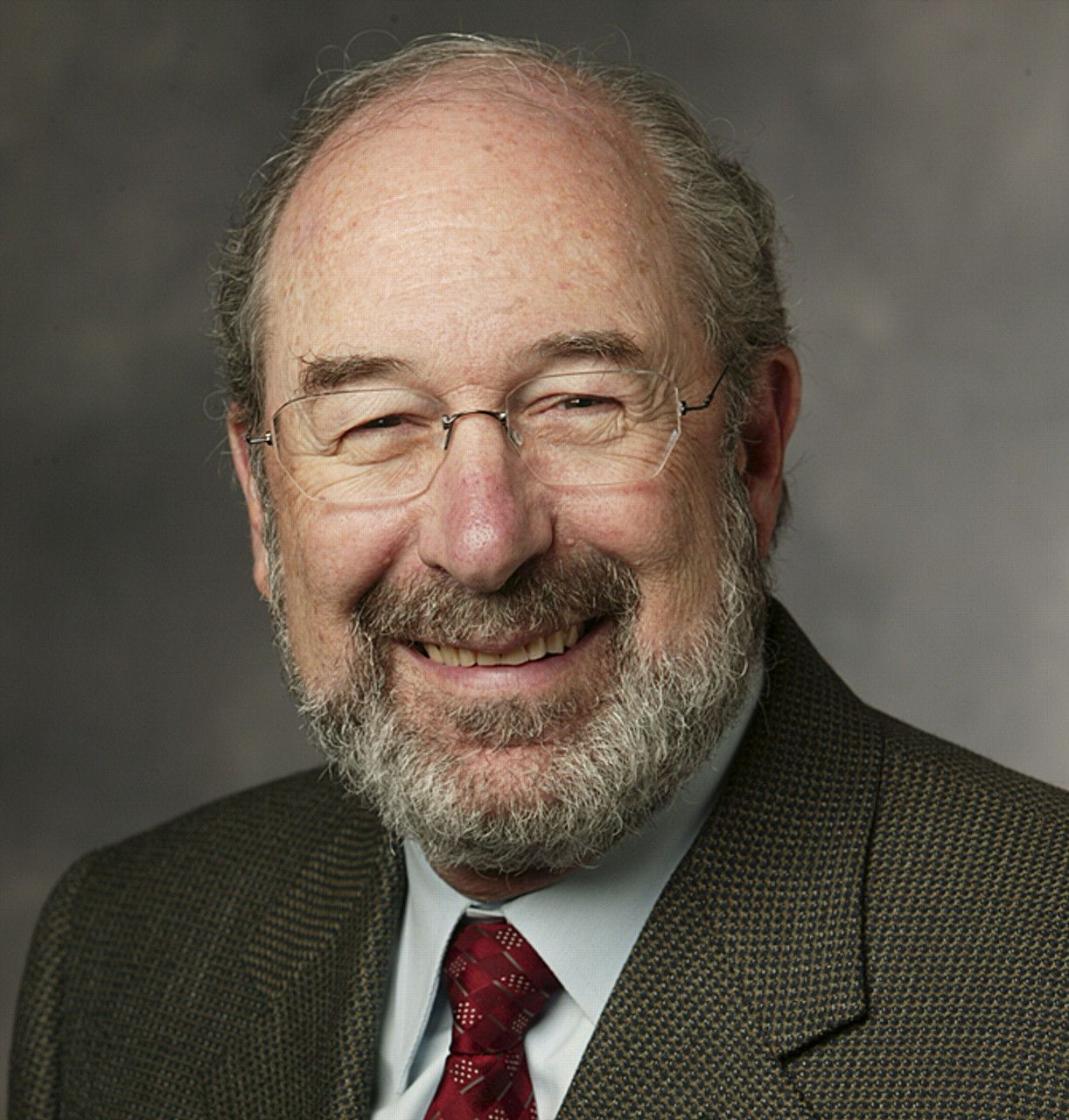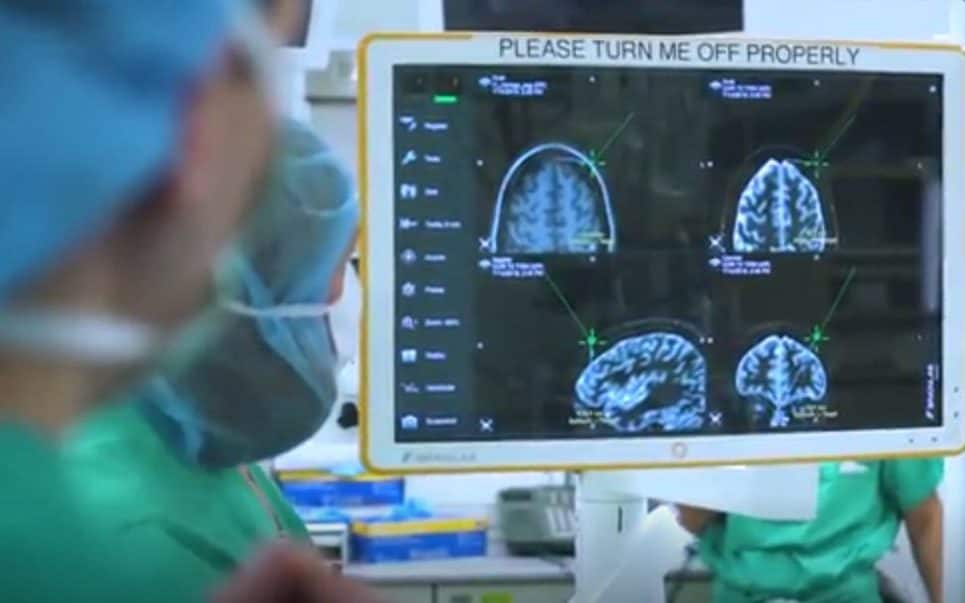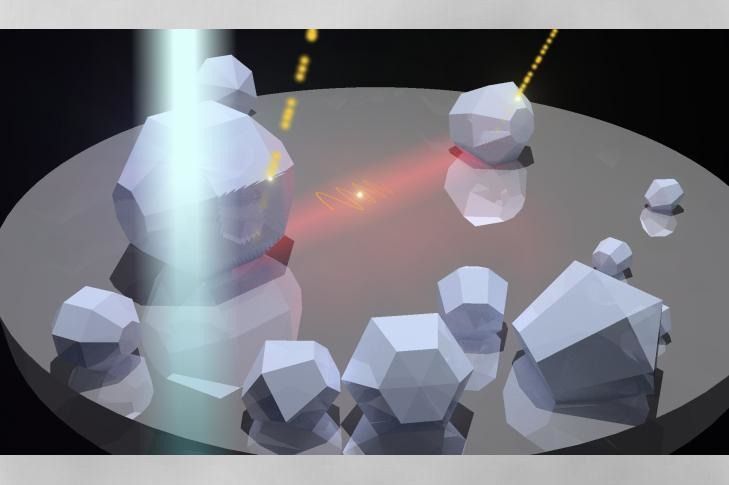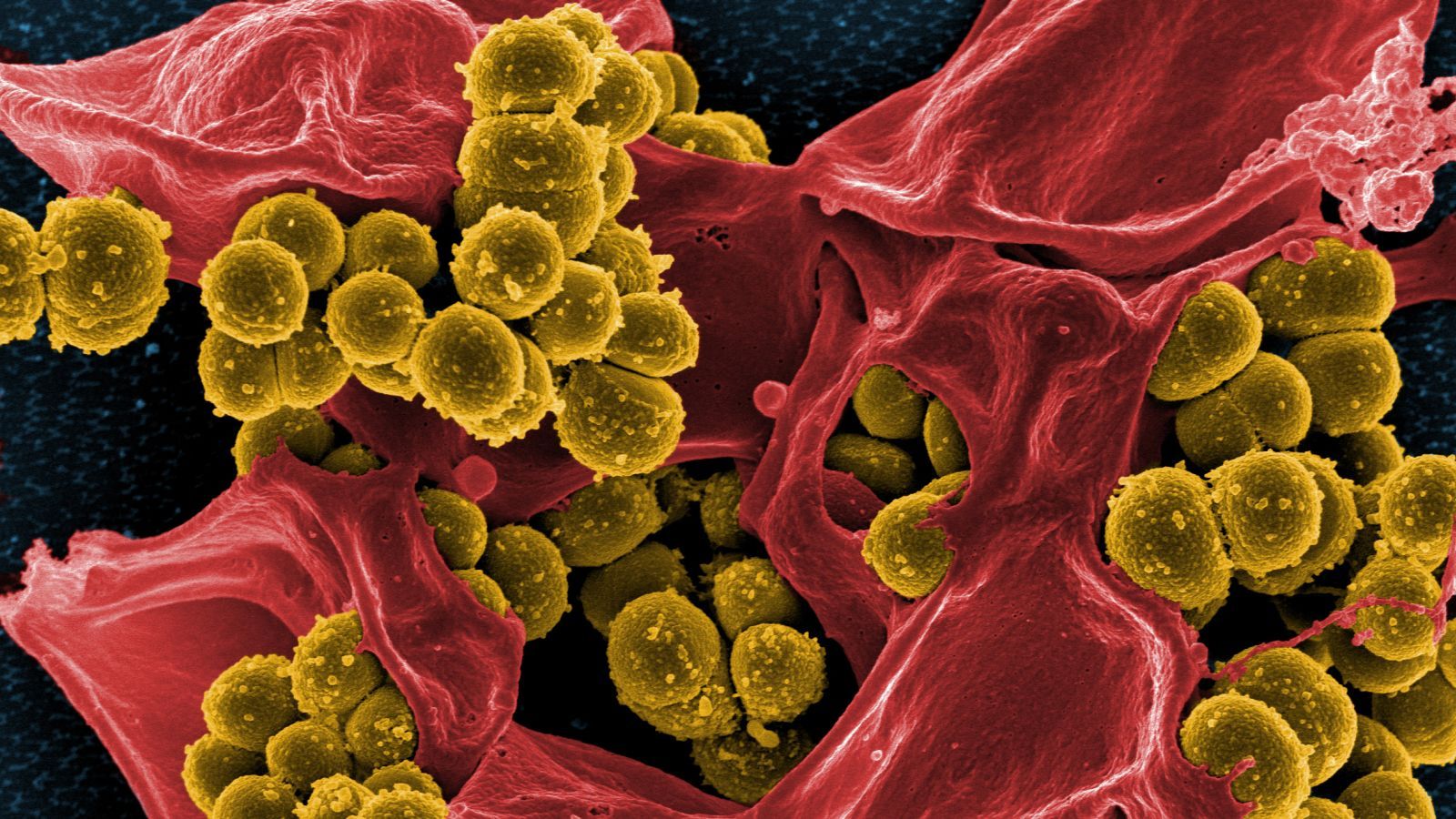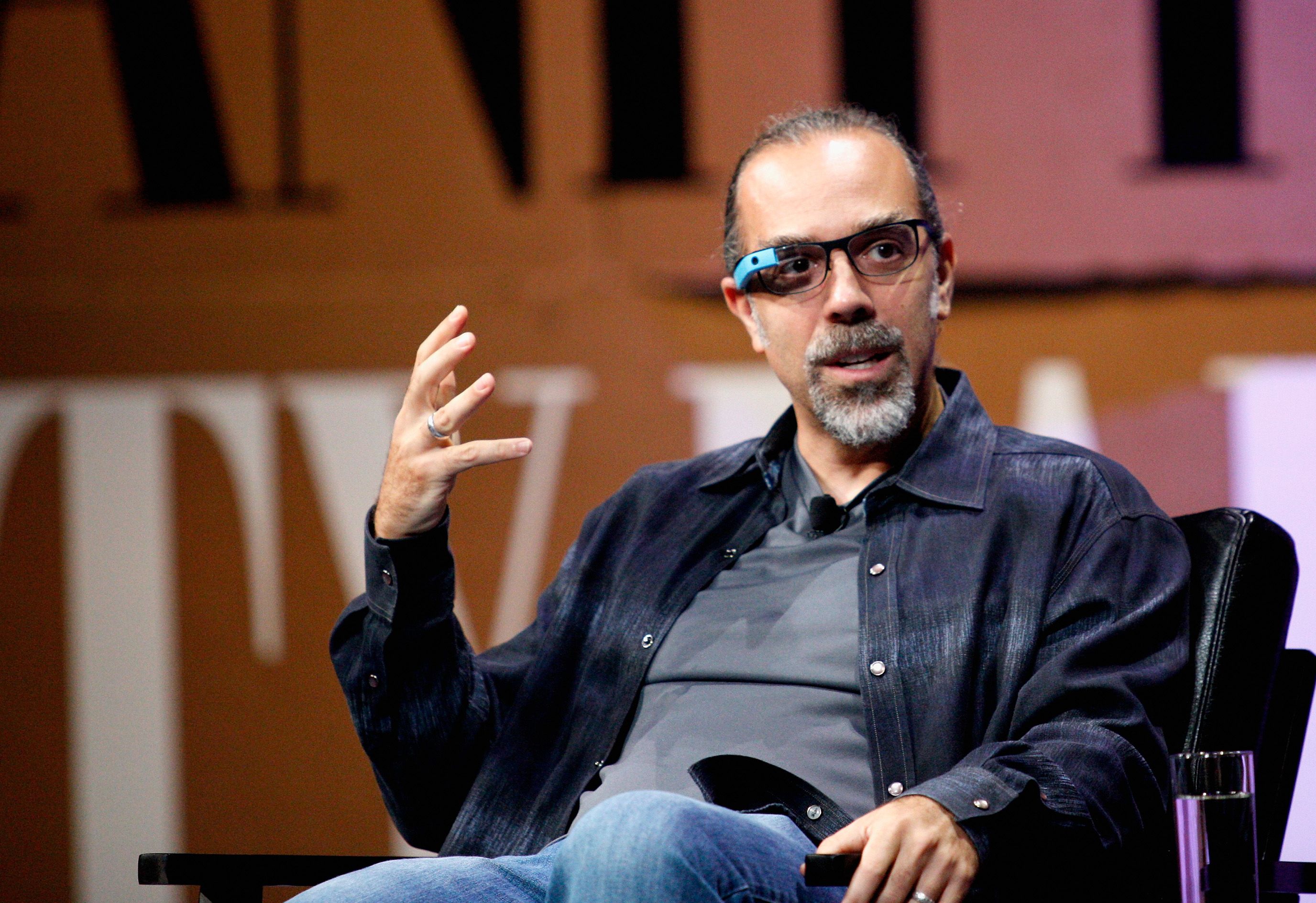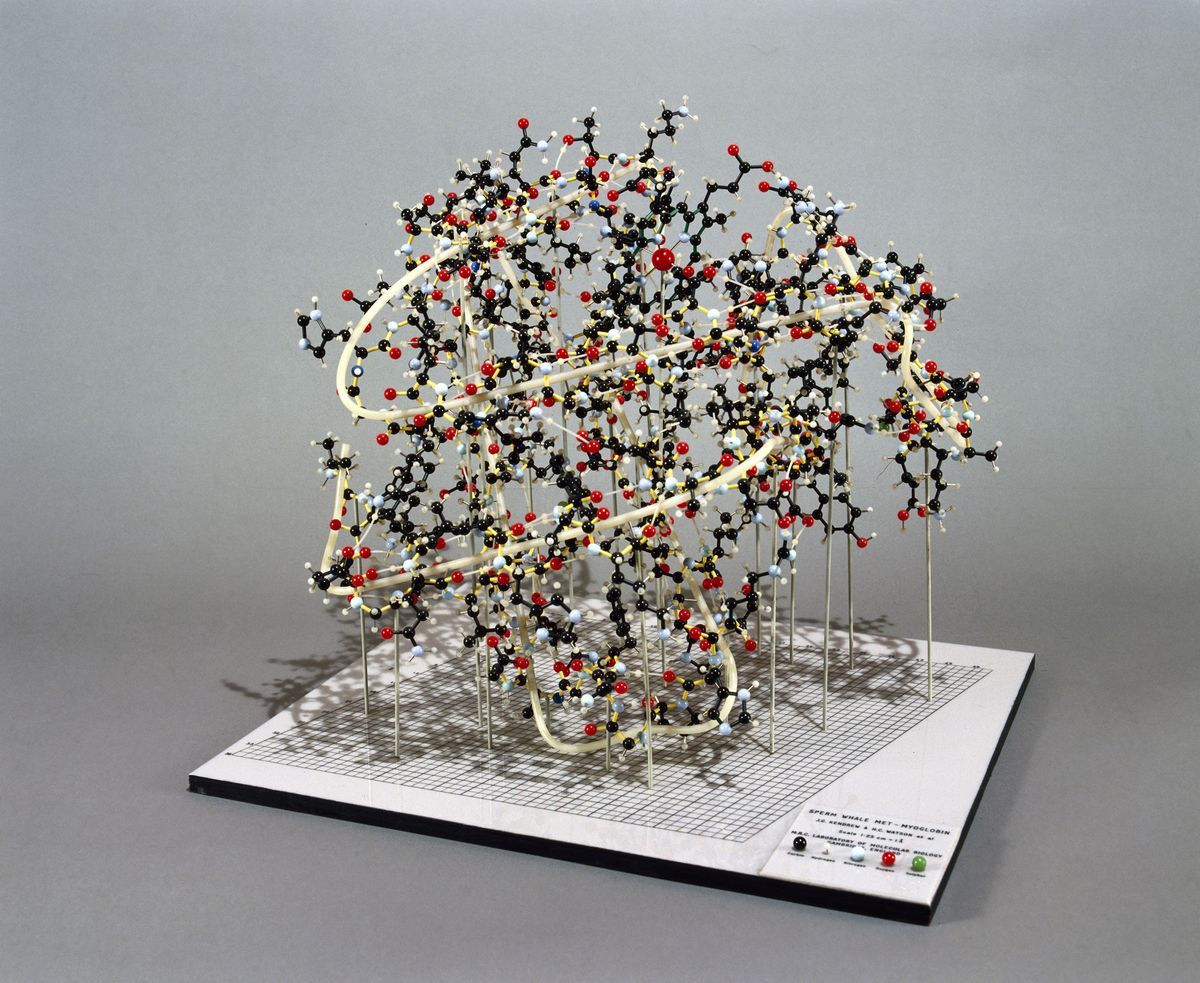Mar 27, 2018
Chemotherapy-free ‘cancer vaccine’ moves from mice to human trials at Stanford
Posted by Jacob Anderson in category: biotech/medical
A recent Stanford cancer study that cured 97 percent of mice from tumors has now moved on to soliciting human volunteers for a new cutting-edge medical trial.
The trial is part of a gathering wave of research into immunotherapy, a type of treatment that fights cancer by using the body’s immune system to attack tumors.
“Getting the immune system to fight cancer is one of the most recent developments in cancer,” Dr. Ronald Levy, a Stanford oncology professor who is leading the study, told SFGATE. “People need to know that this is in its early days and we are still looking for safety and looking to make this as good as it can be.”
Continue reading “Chemotherapy-free ‘cancer vaccine’ moves from mice to human trials at Stanford” »
